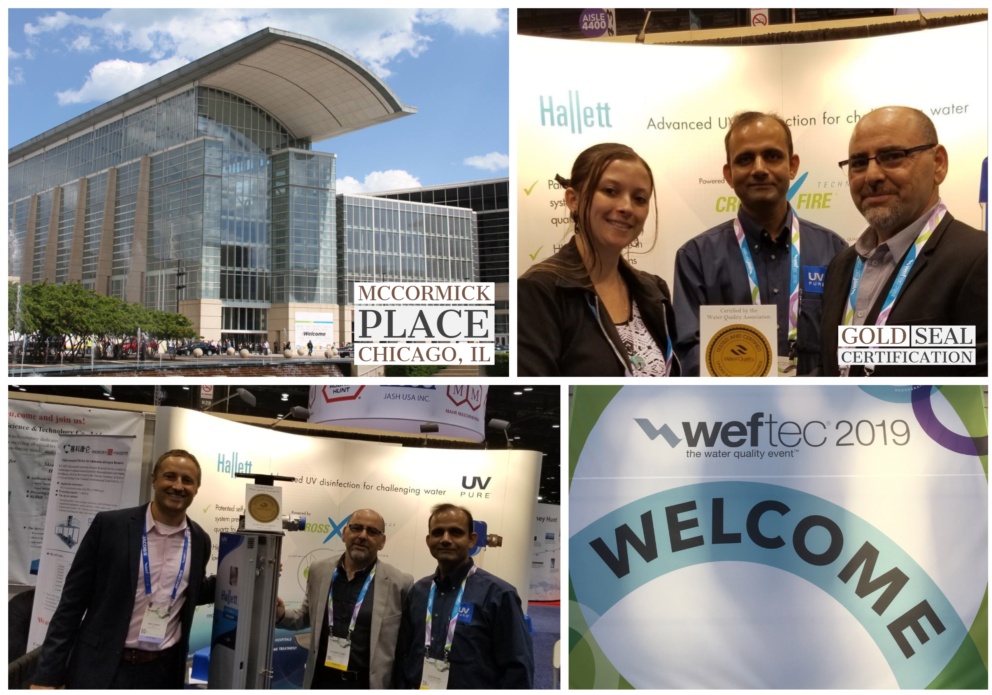 The UV Pure team exhibited at WEFTEC, an annual industry event showcasing technologies and innovations related to water quality. The 2019 edition was held on 21–25 September in Chicago, IL and attracted more than 20,000 industry professionals. The water quality sector is making great technological progress and UV Pure is leading the charge with our innovative Hallett systems.
The UV Pure team exhibited at WEFTEC, an annual industry event showcasing technologies and innovations related to water quality. The 2019 edition was held on 21–25 September in Chicago, IL and attracted more than 20,000 industry professionals. The water quality sector is making great technological progress and UV Pure is leading the charge with our innovative Hallett systems.
Our team was elated to showcase the New generation Hallett launched earlier this year. The highly receptive market to the technological upgrades from generation 1 & 2 Hallett to the New generation Hallett was beyond our expectations.
Strong Interest in the New Hallett
While UV Pure is no stranger to WEFTEC, significant buzz sparked this year with the arrival of our New generation Hallett systems.
Our customers and industry colleagues had familiarity with the first two generations of our UV systems, powered by UV Pure’s award-winning Crossfire Technology. That made it all the more encouraging to receive such positive feedback regarding the new features and technology updates, including:
- The new Hallett 1000, our largest model yet, which can handle flows up to 100 US GPM
- Improved dual UV sensor array design with quad-sensor models available
- Better temperature management with built-in purge valve and available lamp heaters
- Color touchscreen interface
- Remote start capability
With the New generation Hallett offering such sensible pricing, WEFTEC attendees and customers were able to see the product for what it truly is: innovative, leading and reliable.
High demand and promising opportunities
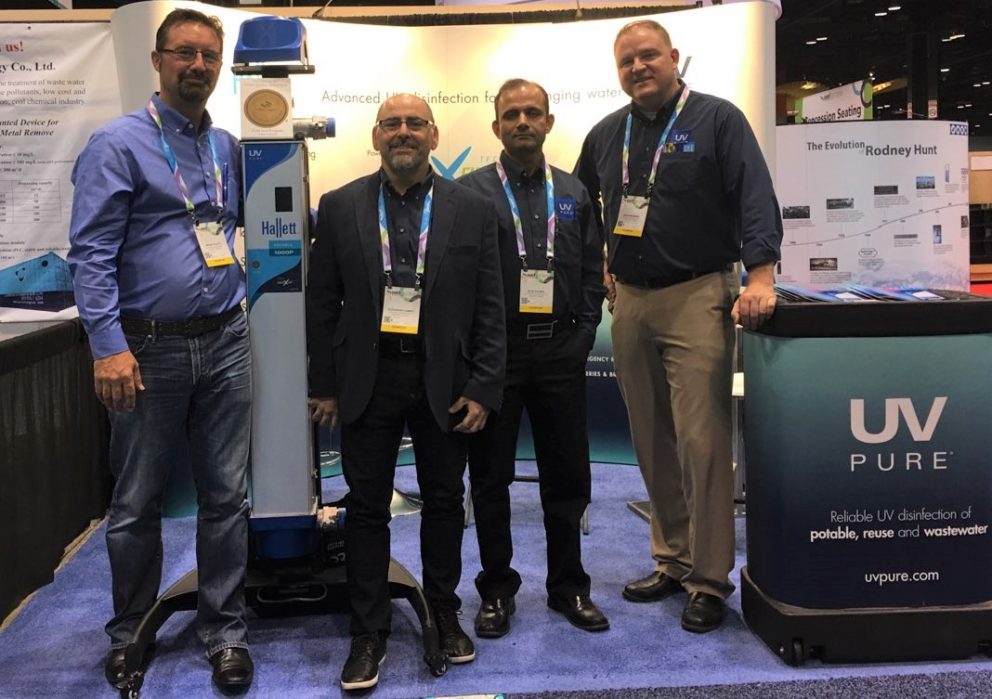
There was a stable green light at UV Pure’s booth throughout WEFTEC. Our team members– which included Alex Zammit, Service Manager; Alok Paliwal, Sales Director; David McNamee, Director of Operations; and Bruno Puiatti, Director of Business Development (Clearford) – kept busy with significant conversations and product demos throughout the event.
“It was great to see so many familiar and new faces among those visiting our booth,” said Alex Zammit. “The heavy traffic led to countless conversations explaining the capabilities of the third-generation Hallett and discussing how we can provide solutions to diverse water challenges,” he continued.
In addition to seeing considerable interest in placing orders for Hallett units, we also laid the groundwork for business development opportunities in California, the Northeast US, Western Canada, and Eastern Europe.
Inspiration to keep raising the bar
As always, we found it inspiring to see the innovation on display at WEFTEC and the passion with which our industry colleagues are tackling water quality challenges. WEFTEC reopened our eyes to seeing that when it comes to UV water disinfection, UV Pure is truly a leader.
To learn more about what sparked so much interest our new Hallett, download the New generation Hallett packet .
Contact Us today to to discuss your water disinfection requirements and find out how UV Pure can help.


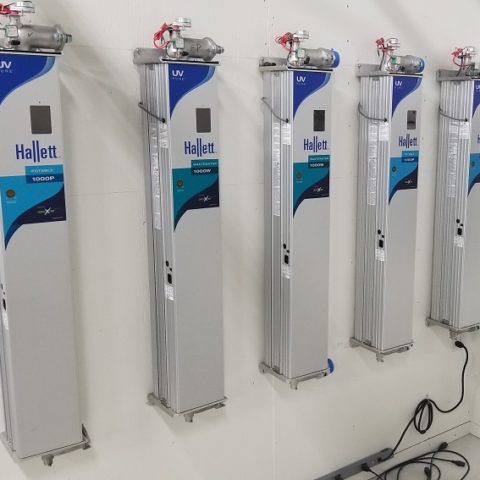
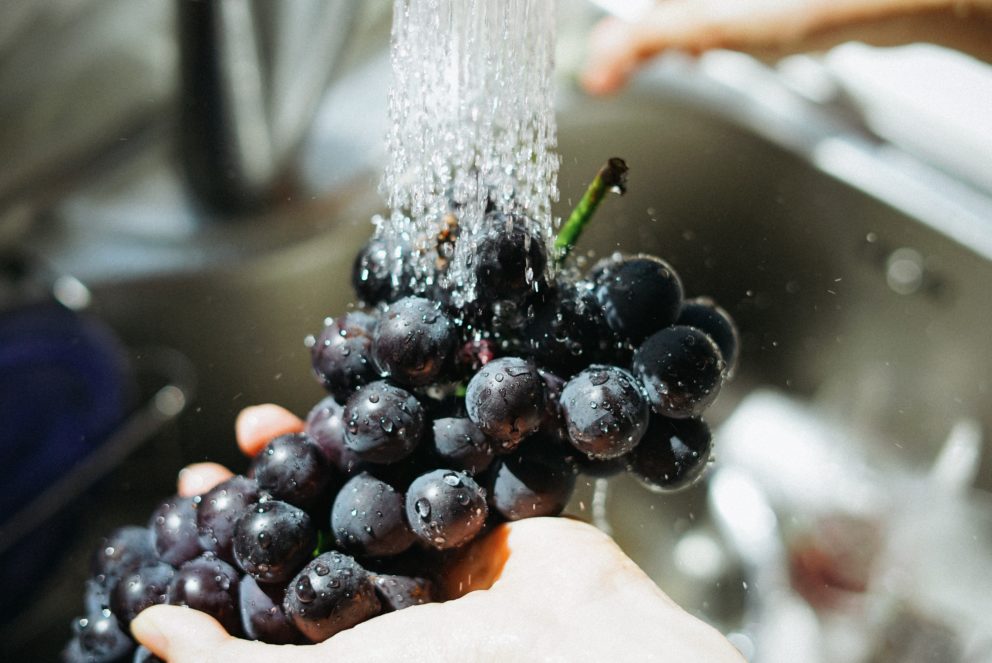
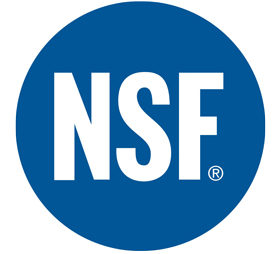
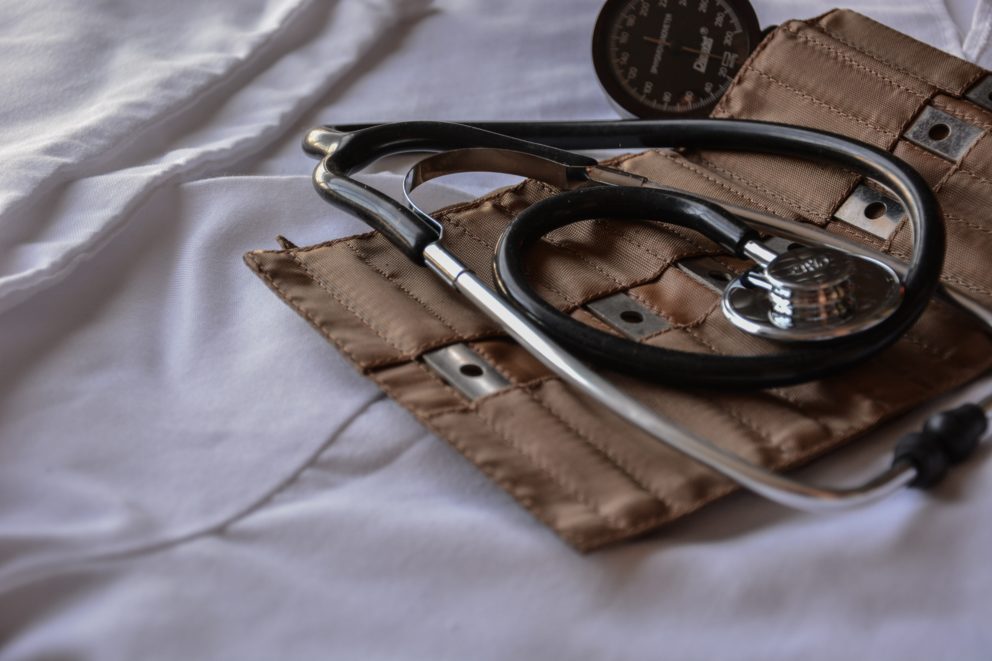 UV disinfection systems intended for use at a public or commercial site (e.g. hospital, campground, hotel, etc.) generally require certification. In these settings, certification is essential for protecting public health, meeting compliance obligations and managing liability.
UV disinfection systems intended for use at a public or commercial site (e.g. hospital, campground, hotel, etc.) generally require certification. In these settings, certification is essential for protecting public health, meeting compliance obligations and managing liability.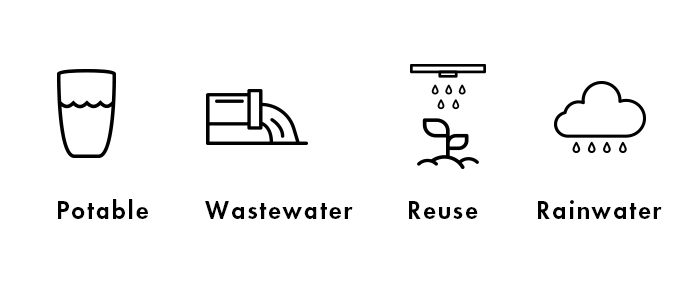
 Each technology has a unique set of advantages and disadvantages. For example, chemical disinfection using chlorine is highly reliable and inexpensive, but it poses safety risks in the handling of chlorine and the creating toxic byproducts.
Each technology has a unique set of advantages and disadvantages. For example, chemical disinfection using chlorine is highly reliable and inexpensive, but it poses safety risks in the handling of chlorine and the creating toxic byproducts.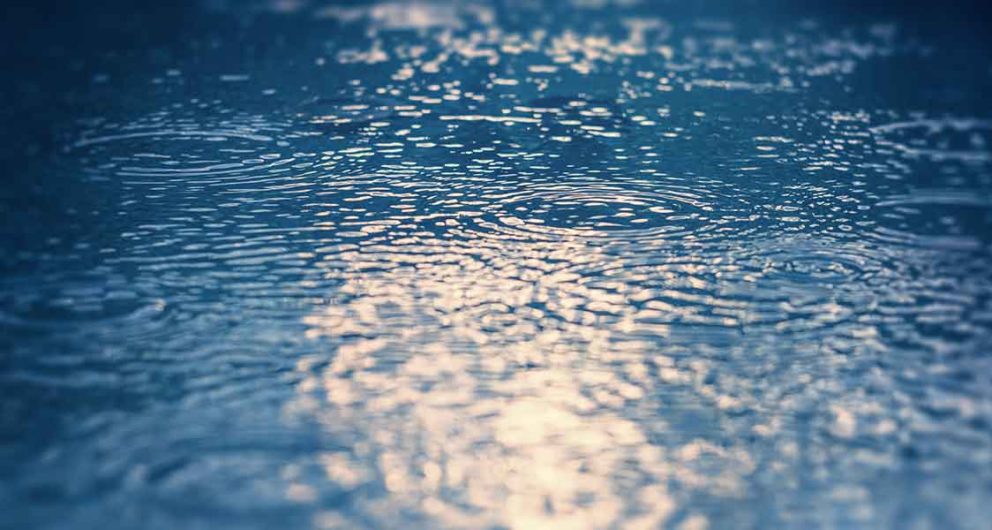
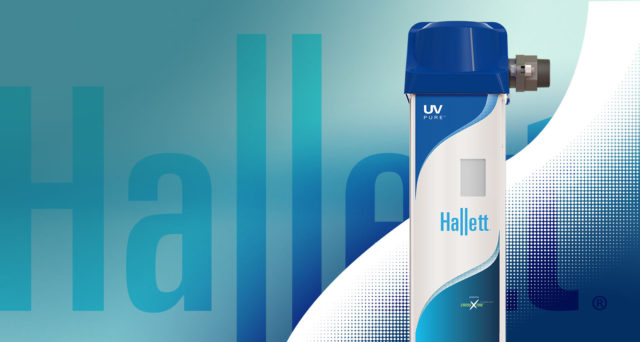

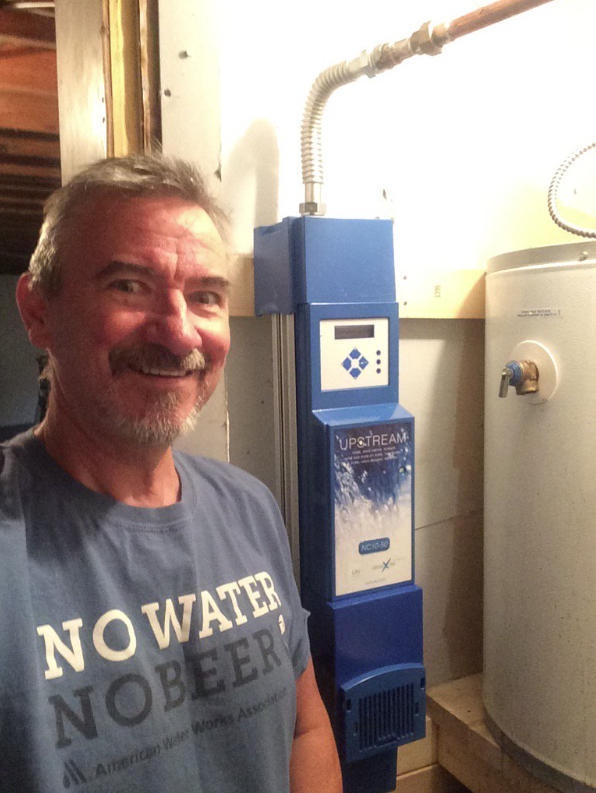
 “Once chlorination is complete, the water requires additional purification which is provided by UV Pure’s Upstream systems,” Longberry says. “UV disinfection inactivates pathogens like Cryptosporidium, Giardia and Legionella that can be resistant to chlorine. Proper UV disinfection also provides a second layer of protection to enhance the system’s performance and reliability since the changes for a potential disease outbreak are always very real for Cooper Farms.”
“Once chlorination is complete, the water requires additional purification which is provided by UV Pure’s Upstream systems,” Longberry says. “UV disinfection inactivates pathogens like Cryptosporidium, Giardia and Legionella that can be resistant to chlorine. Proper UV disinfection also provides a second layer of protection to enhance the system’s performance and reliability since the changes for a potential disease outbreak are always very real for Cooper Farms.”